The History of Anime: Part Two is the second part of The Origin and History of Anime: Part One. In this writing there will be mentions of significant events, innovations, works, and individuals crucial to the development of anime from the 1970s to the present-day.
Note: The writing is a bit lengthy.
The phrase, maturing individual serves as a perfect analogy for anime and its historical development. Since the evolution of anime is comparable to the stages of human development, from early childhood to late adulthood, the decades before the 1970s could be considered as the stages during and preceding anime’s “adolescence stage”. This particular stage is a critical period when an individual embarks on a journey in the search for their “identity”, a period when the discovery of oneself occurs. If we were to apply this analogy to anime’s history, specifically the decades leading up to the 1970s starting from the 1950s, this specific period encouraged the finding of an extensive collection of influential innovations when the anime industry was still lacking in experience and was constantly striving to develop its distinctive “identity” among an emerging animation industry in both the Western and Eastern world. As competitiveness in the animation industry increases every year, the “adolescence stage” of anime continued into the 1980s, a period when anime solidified its “identity” by fully establishing its decades-old foundation of contemporary anime and which guided the upcoming developments of anime in an optimistic direction. Anime’s “identity” is a diverse combination of its distinguishable style, storytelling complexity, unique visual language, etc., and such “identity” is the fruition of the heavy influence it received during its “adolescence stage” by legendary manga artists and animators. The 1960s was the highlight of anime’s “adolescence stage” as it saw the release of the first batch of classic anime that embodied a sizable portion of anime’s current “identity” and a few notable mentions include Astro Boy, Galaxy Empress 999, Gigantor, etc. As we proceed into the 1970s and beyond, anime will continue developing atop of the “identity” it has found for itself during the mid 20th century even as it advances to the next stage of “human development”.


Mecha Age: 1970s
The domestic and foreign success of well-recognized anime series in the 1960s extended into the 1970s as anime began to attract a larger audience. On this note, it is worth mentioning that in a continuous cycle of influence, all anime films are interconnected through the influence they received from animes preceding it and the impact they leave on animes proceeding it. The 1963 anime adaptation of Osamu Tezuka’s manga series, Astro Boy, serves as a perfect example of this statement due to its considerable impact on both classic and contemporary anime alike. As the first anime to feature humanoid robots, Astro Boy played a role of importance in the creation of Tetsujin 28-go (commonly known as Gigantor overseas), one of the first Japanese anime series to introduce the general concept of mecha into anime by featuring giant robots. However, the inclusion of Tetsujin 28-go‘s as the first of the mecha genre is debatable as the robot featured in Tetsujin 28-go was controlled by a remote. Instead, manga artist, Go Nagai’s Mazinger Z shaped and redefined the mecha genre by introducing robots with an inner cockpit for human pilots, weapon activation through voice command (“Rocket Punch!”), and a number of other tropes still found in mecha anime proceeding it.
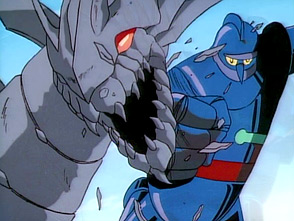


The 1970s has been dubbed as the mecha age for it was the decade that saw the large production of mecha anime with some that remain as well-known classics in the present-day. As the mecha genre continues to evolve in the 1970s, The Mobile Suit Gandum of 1979 is largely considered as the first to introduce the real robot concept and which divided the mecha genre into two sub-genres, super robots, and real robots. The super robot sub-genre features giant robots with unexplainable, mythical superpowers and which are usually a product of gifted scientists, ancient civilizations, or foreign civilizations. Furthermore, series in this sub-genre sometimes follow the “monster of the week” format with non-human enemies and often explores the theme of combating evil. On the other hand, the real robot genre features robots that are governed by realistic physics and futuristic technological limitations, with examples including, ammunition limits, the need for periodic maintenance, and non-mythical powers. These robots are science-based, produced in masses and used as industrial machines by the military, and generally viewed as weapons for war purposes as the enemy are usually humans.
Moreover not just limited to mecha, anime continued to define itself through the expansion of its science fiction genre in the 1970s. Space opera, which is a sub-genre diverged from science fiction, primarily focuses on intergalactic stories with space warfare, heroic romance, and histrionic adventures. The first space opera anime series, Space Battleship Yamato (1974) is a renowned pioneer in the science fiction genre for its influence on other notable works such as Mobile Suit Gandum, Neon Genesis Evangelion, and Super Dimension Fortress Macross. In 1979, the American animated series adaptation of Space Battleship Yamato, Star Blazers, began its broadcast in the United States and became a gateway anime for many of its American audiences.


Continuing with the introduction of emerging genres, Ashita no Joe (1970) is yet another genre-defining series that is widely proclaimed as the first sports anime to revolve around boxing. The series became extremely popular due to its quality storyline, unique art style, and well-animated fight scenes for a 1970s anime. The main protagonist himself, Joe Yabuki, is a deeply flawed young boxer of rough upbringing in the slums, but who’s strong character development and natural boxing talent led him to not only the World Boxing Championships (in the series) but also the honor of becoming an icon in Japan through his representation of the struggling lower-class when the country was undergoing a drastic economic and social transformation. More surprisingly, a special funeral was held in honor of the passing of Joe’s main rival, Tōru Rikiishi, with an estimate of 700 people attending the event. In the current day, the legacy of Ashita no Joe continues as its 50th anniversary in 2020 marks the celebration of its legendary presence and influence in boxing anime.

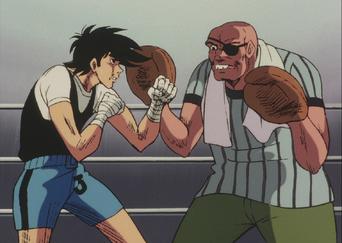
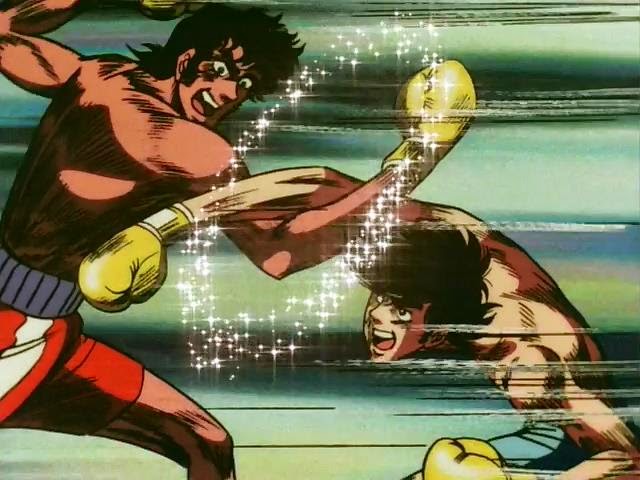
To conclude anime’s 1970s off, after Osamu Tezuka left Mushi Production and formed Tezuka Productions in 1968, Mushi Production was plagued by financial difficulties which eventually led to the downfall of the studio in 1973. Following this, a number of former Mushi-Pro staff members founded two of Japan’s largest and renowned studios in the fall of 1972, now called Sunrise, Inc., and Madhouse. Sunrise, Inc. was formerly known as Nippon Sunrise, and, before that, Sunrise Studio. Although the popularity of Sunrise, Inc. has wavered throughout the decades, it still maintained its strong presence in the anime industry through many of its influential anime series with a few including, Cowboy Bebop, Gintama, Code Geass, Planetes, Mobile Suit Gandum, etc.

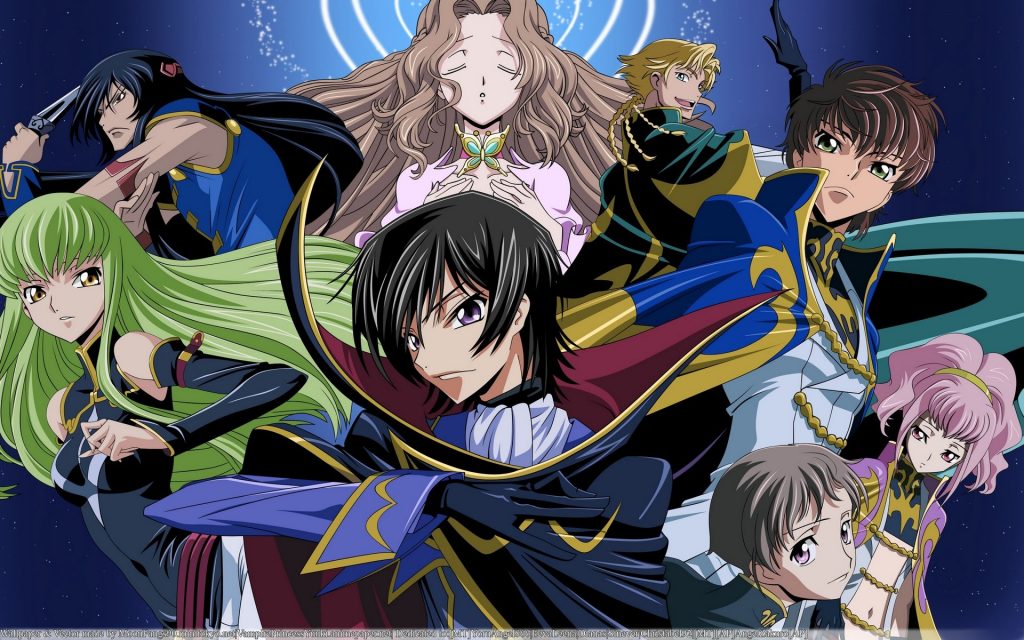


The prolific animation studio, Madhouse, was founded by Masao Maruyama, Yoshiaki Kawajiri, Rintaro, and Osamu Dezaki, and is infamous for the extensive range of genre it covers, from series categorized under romantic comedy to the dark psychological genre. Ever since its inauguration in the early 1970s, Madhouse’s work has experienced a steady rise in popularity, with the late 2000s to 2010s as the turning point in Madhouse’s international success. This period oversaw the beginning of many well-accomplished series including Death Note, NANA, Hellsing Ultimate, Hunter x Hunter, Chihayafuru, etc., with the list continuing great numbers. A legendary studio indeed, the works of Madhouse which span from the early 1970s to the current day comprised of approximately five decades of development, and within a small period, Madhouse has successfully won over the heart of an international audience.



Golden Age of Anime: 1980s
As the days of the 1970s ended and every individual crossed over to the 1980s, all continued to evolve and develop at its own pace whether it is the innovation of new technology, the creation of new notable works, or the ever-expanding genres of anime. The 1980s is referred to as the Golden Age of anime, for this was the period when anime prospered and oversaw the first generation of internationally successful anime series and films.
The successful theatrical release of Star Wars in 1977 encouraged Space Battleship Yamato and Mobile Suit Gundam to be revived as theatrical films in the early 1980s and was followed by success. In the United States, Star Wars also had a small considerable impact on the number of American adapted anime films in the genre of mecha and space opera. Gatchaman (1972) was adapted twice, once in 1978 as The Battle of the Planets, and the second adaptation occurred in 1986 and was given the name, G-Force: Guardians of Space. Space Battleship Yamato was released in the United States as Star Blazers in 1979 and shortly after the Macross series began with The Super Dimension Fortress Macross (1982), the series along with two unrelated series, Genesis Climber Mospeada (1983) and Super Dimension Cavalry Southern Cross (1984) would merge to create Robotech, which was released in the United States in 1985. Furthermore, the extended influence of mecha anime overseas led to the creation of American animated tv series like, The Transformers, and G.I. Joe. which heavily draws from the robot style of Mobile Suit Gundam. All things considered, the presence of space opera and mecha animation dominated the scene in both the United States and Japan in the first half of the 1980s.
In 1983, Captain Tsubasa premiered under Tsuchida Production, a now-defunct animation production company that was founded in 1976 by Osamu Tsuchida. A show revolving around the supportive friendship and teamwork found in soccer (known as football internationally excluding America), Captain Tsubasa is the first worldwide successful sports anime. Its influence was so impactful that it has inspired a generation of soccer players including, Neymar, Zinedine Zidane, Alessandro Del Piero, Andres Iniesta, and numerous amounts of other players. In terms of the impact it left in sports anime, Captain Tsubasa set the standard for the captivating sports movements which transcended beyond sports anime in the 1980s.


When it comes to technological advances, the 1980s saw the introduction of original video animation, which is abbreviated as OVA and sometimes OAV (Original Animation Video). OVA are Japanese animated films and series that are exclusively released in home video format without premiering on TV or theatres before. The first official OVA, Moon Based Dallos, was released in 1983 and disappointedly unsuccessful. Instead, the first successful original video animation was Megazone 23, which made its debut in 1985 and ignited the OVA boom in Japan. The 1980s also introduced CGI (computer-generated imagery) into anime, with Golgo 13 as the first animated film to incorporated CGI animation into some of its scenes. The first Japanese film to be fully computer-animated is widely considered to be A.L.I.C.E which was released in 1999.


Moreover, the mid-1980s witness the production of one of the most influential anime of all times, Nausicaä of the Valley of the Wind, a Japanese animated epic science fantasy adventure film that was produced by famous director, Isao Takahata, and adapted and written by preeminent Japanese animator, Hayao Miyazaki. The release of Nausicaä of the Valley of the Wind in 1984 was soon followed by a huge success and allowed for many ambitious and experimental projects to take place due to its favorable reputation. Approximately a year afterward, Hayao Miyazaki and Isao Takahata were able to open their studio on June 15, 1985, under the supervision of former animage editor, Toshio Suzuki, due to the phenomenal success of Nausicaä of the Valley of the Wind. This studio took on the name, Studio Ghilbi and released its first film, Laputa: Castle in the Sky in 1986, a beloved piece of work among its international audience. Today Studio Ghilibi is well regarded as one of the most acclaimed animation studios internationally and rightfully deserves its title given the number of celebrated and revered works it has produced, from the Academy Award winning masterpiece, Spirited Away to the breathtaking visuals of Princess Mononoke.



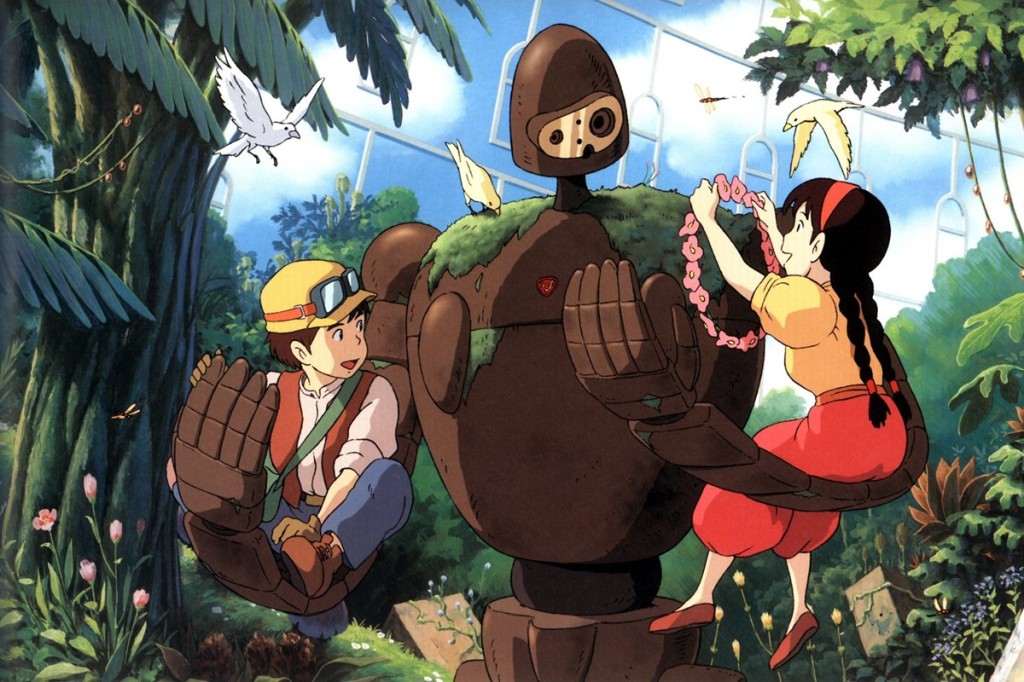
Prior to the opening of Studio Ghilbi, a group of amateur producers who were university students at the time, founded Daicon Films in 1984, which later went by the name, Gainax. Before forming Gainax, the group’s very first project was known as Daicon III, which was created for the Nihon SF Taikai conventions in 1981. Given the group’s already high popularity from Daicon III in the otaku community, the release of Daicon IV for Nihon SF Taikai conventions in 1983 furthered the popularity of the group. The success then encouraged the fully established studio, Gainax into releasing the biggest budgeted anime film at the time, Royal Space Force: The Wings of Honneamise. Since its establishment, Gainaz is mostly known for its influential Neon Genesis Evangelion and other notable series including Tengen Toppa Gurren Lagann and FLCL.
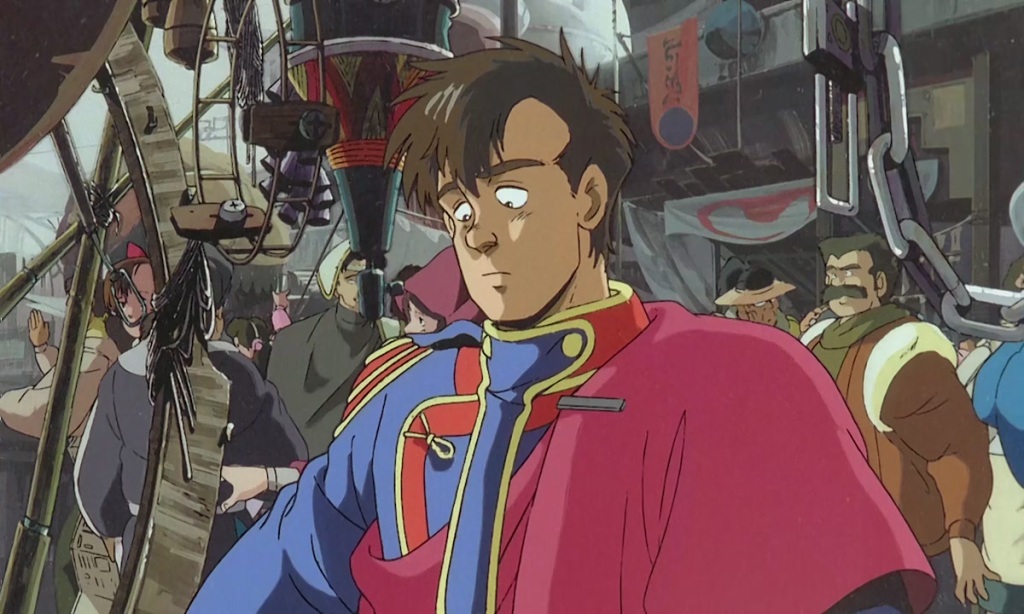

On February 26, 1986, Dragon Ball, a work of manga artist, Akira Toriyama was animated by TOEI Animation. The creator himself only expected Dragon Ball to remain in the spotlight for one year and quite contrary to his expectations, Dragon Ball achieved worldwide acclaim and international success and continues to thrive in the current day, followed by the continuous expansion of its fan-base. More significantly, Dragon Ball introduced the martial arts genre into anime and heavily influenced the many martial anime and manga proceeding it, from YuYu Hakusho to One Piece.
The release of the internationally appraised anime adaptation of Akira by Katsuhiro Otomo in 1988 concluded the 1980s, a decade of technological innovations and a significant milestone in the history of anime.


Lost Decade and Notable Appearances: 1990s
The 1990s started out roughly when Japan’s economy suffered a prolonged recession that lasted for 10 years before Japan was able to pull up its economy again. When speaking in terms of the economy, this decade was known as the “Lost Decade”. Despite being in a period of recession, entertainment, in general, remained popular and anime was no exception. The 1980s was a period filled with minds eager to explore and experiment which led to the explosion of new genres and innovations in the anime industry. In the 1990s, the experimentation of new genres gradually settled down as the presence of certain genres solidify over others that were growing at a slower rate. Towards the mid-1980s, the super robot genre faded into the shadows as the real robot genre became increasingly popular, however similar to its counterpart, the real robot genre was also declining in popularity moving into the 1990s. At the beginning of the decade, there was a brief revival of the super robot genre when Brave Exkaiser was released in 1990, and following behind were a few super robot shows that gained popularity throughout the decade. The well-recognized success of a series in the super robot genre would not happen until 2007 when Tengen Toppa Gurren Lagann was released and received widespread critical acclaim. The several Gundam shows that were produced in the 1990s were of little success and the real robot genre would only regain its popularity in 2002 after the release of Mobile Suit Gundam SEED.



After the revival of the super robots genre, TOEI Animation’s released Sailor Moon in 1992, which turned out to be a commercial success and is dubbed into more than a dozen languages internationally. Widely credited with redefining the “magical girl” genre, Sailor Moon also proved that the international success of a female-dominant action show was possible given that the Sailor Moon franchise is worth an estimate of $13 billion USD today.



On October 4, 1995, written and directed by Hideaki Anno, Neon Genesis Evangelion debuted under Studio Gainax and quickly rose in popularity through mainstream media attention. However, Neon Genesis Evangelion depicted many scenes that were violent and sexual, which resulted in TV Tokyo having to increase the censorship of certain content in Neon Genesis Evangelion. Shortly afterward, the original Ghost in the Shell premiered in 1955 and heavily influenced the American-Australian film, The Matrix.

On April 1, 1997, the first episode of the Pokemon anime series was released after being adapted into an anime from its video games series. Although the title of the first video game to be adapted into anime resides with the Super Mario Brothers, Pokemon is undoubtedly one of the most successful video game adaptation which sparked and contributed to the global popularity of its franchises.

Trailing behind on July 12, 1997, Princess Mononoke, an anime film directed by Hayao Miyazaki premiered under Studio Ghilbi and was one of the most expensive animated films its the current time, a total that summed up to $20 million. A few other notable mentions that gained international recognition towards the late 1990s include, Cowboy Bebop which premiered under Sunrise in 1998, Dragon Ball Z which is the second series of Dragon Ball, and yet another video game adaptation, Digimon. Lastly, the release of One Piece on October 20, 1999, a still ongoing internationally known anime that currently holds over 959 episodes, closed off the 1990s, a period when anime greatly expanded its international presence.




Globalization: 2000s
The” Electronic Age,” which began in the 1940s, continues to extend into the present day as technology becomes increasingly integrated into the daily life of society. The 2000s, in particular, saw the debut of the first touchscreen phone, LG Prada and the first iPhone of Apple, a now major multinational technology company, and the launch of major social media sites including Facebook, Youtube, Twitter, all of which created a vast and interconnected social network for its global users. Funimation, an American entertainment company that is responsible for dubbing and distributing anime along with other East Asian media, was founded in the mid-1990s. Crunchyroll, yet another major anime streaming service was founded in 2006 by four individuals and currently holds the world’s largest collection of anime for its online users. The interconnectedness between new and emerging technologies, social platforms, and sites during this era enabled the international streaming and sharing of anime, heightening its popularity and supporting its growth at a global level.
The 2000s introduced ONA into anime which is the abbreviated form of original net animation. ONA is known as Web Anime in Japan and is an anime that is directly released onto the internet prior to being aired on television. The first ONA, Azumanga Daioh, was released in 2000 and only ran for about 4 minutes long. It would not be until 2002 when Maho Yugi, the first full-length ONA series debuted and ran a total of 22 episodes. The ONA series made it to success but it would take a while for anime to convert to online streaming given the concerns over licensing, revenue, and piracy.

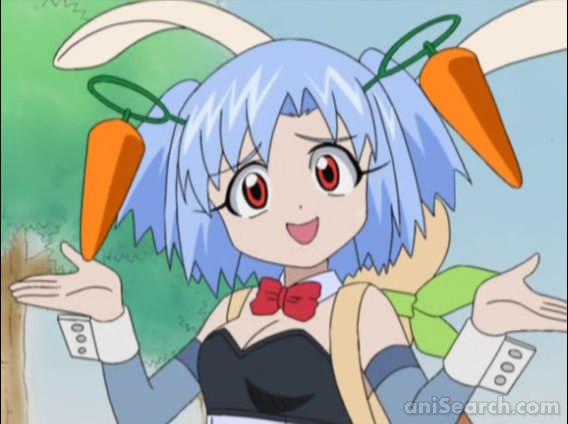
The 2000s also started on a positive note with the theatrical release of Studio Ghibli’s Spirited Away in Japan in 2001. The film was internationally successful following its international release between 2001 to 2003 and shortly afterward became not only the first anime film to win the Academy Awards (Oscars) but also one of the highest-grossing films in Japan for a long period at an estimate of $383 million in USD. The unique and visually stunning production of Spirited Away has led it to be frequently considered as one of the best-animated films of all times.


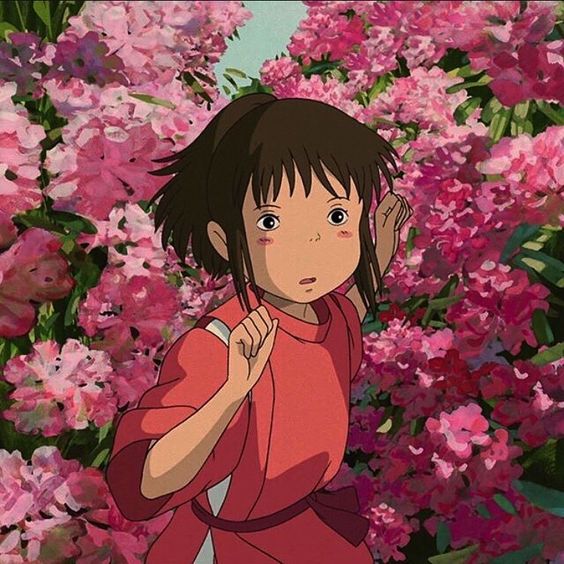
Furthermore, genres such as romance, harem, and slice of life are becoming increasingly popular and gaining more presence in anime. The 2000s also saw an increase of moe illustration style, a style used to draw female characters to make them appear more innocent and child-like. The design of a female character using moe style often involves slender legs or arms, bigger heads, thin waists, and sometimes even disproportional big breasts. In most cases, the legs of the character are unrealistically apart and bent inwards so the toes face each other when walking or standing. Additionally, the bishonen and bishojo character design was also rising in popularity. Character created using the bishonen design are usually boys in middle or high school, thin in size, have stylish hair, clear skin, and distinctive feminine facial features despite retaining the physical body of a male. A perfect example of an anime using bishonen design is Ouran High School Host Club (2006) from the reverse harem genre. Unlike its counterpart that targets female audience, the bishojo design is aimed at male audiences and the female characters are typically drawn in a cute and pretty style contrary to being depicted as mature and sophisticated. An anime character that would fall under this design would be Hinata Hyuga from the 2002 anime series, Naruto.



As anime gradually dominated the international scene in the 2000s, their influence gave rise to the many anime-influenced animations produced including popular shows like Avatar: The Last Airbender, Ben 10, Teen Titans, RWBY, and Samurai Jack. As marked by the influences, it can clearly be seen that anime is starting to impact the animation industry at an international level given its worldwide recognition in the last couple of decades. The 2000s was an era when anime firmly established its global presence through the use of emerging technologies, its global achievements, and its international fans and online anime communities who are now able to share anime related content internationally.
The Previous Decade: 2010s
Finally, the 2010s, a decade when many familiar anime titles debuted and when the COVID-19 pandemic occurred in 2019 and further boosted the number of individuals and time spent on watching anime considering an increase in time spent indoors to avoid the possibility of contracting COVID. This decade witnessed the release of many internationally recognized anime, most notably:
- Hunter x Hunter (2011)
- Sword Art Online (2012)
- JoJo’s Bizarre Adventure (2012)
- Attack on Titan (2013)
- Kill la Kill (2013)
- Akame ga Kill! (2014)
- One-Punch Man (2015)
- Dragon Ball Super (2015)
- Boruto: Naruto Next Generations (2017)
- Demon Slayer: Kimetsu no Yaiba (2019)
In particular, Demon Slayer: Kimetsu no Yaiba became the highest-grossing film in Japan in the current time, estimated to have earned $36.55 billion. Demon Slayer: Kimetsu no Yaiba also became the fastest grossing film in Japan, having made $95.3 million in just 10 days. As one of Japan’s most successful films, Demon Slayer: Kimetsu no Yaiba has been submitted for Oscars 2021, hoping to bring in another notable achievement into the anime industry.
Concluding Off
Anime’s long journey beginning from the last century has made its way into the early 21st century and not just the 21st century but the decade 2020 of the 21st century. From its ongoing development in the last few decades, anime has greatly evolved, from its art style to its path to globalization. The decade 2020 offers a promising future for the anime industry even amid a time of crisis. For some, anime offers relief and for others, anime helps in reducing worries by fully captivating the audience’s attention until they are so immersed that they forget about reality. Anime offers an escape from the real world and will continue to do so as it further develops and create for its fan another batch of anime worth anticipating for.
References:
Mecha Anime and Manga. (Dec 22, 2020). Retrieved January 20, 2021, from https://en.wikipedia.org/wiki/Mecha_anime_and_manga.
Original Net Animation. (n.d.). Retrieved January 20, 2021, from https://en.wikipedia.org/wiki/Original_net_animation.
A Beginner’s Guide to Mecha. (Apr 4, 2019). Retrieved January 21, 2021, from https://www.nypl.org/blog/2019/04/04/beginners-guide-mecha-manga-anime.
The History of Anime. (n.d.). Retrieved January 21, 2021, from https://www.rightstufanime.com/post/global-history-of-anime.
History of Anime. (Jan 5, 2021). Retrieved January 21, 2021, from https://en.wikipedia.org/wiki/History_of_anime.
How Did Anime Start – Origins of a Worldwide Phenomenon. (June 29, 2019). Retrieved January 21, 2021, from https://comicyears.com/anime-news/how-did-anime-start-find-out-how-anime-started/.
Bishonen. (n.d). Retrieved January 21, 2021, from https://en.wikipedia.org/wiki/Bish%C5%8Dnen.
Ashita no Joe. (n.d). Retrieved January 21, 2021, from https://en.wikipedia.org/wiki/Ashita_no_Joe.
The “moe” style problem. (August 23, 2020). Retrieved January 21, 2021, from https://artvsentropy.wordpress.com/2020/08/23/the-moe-style-problem/.
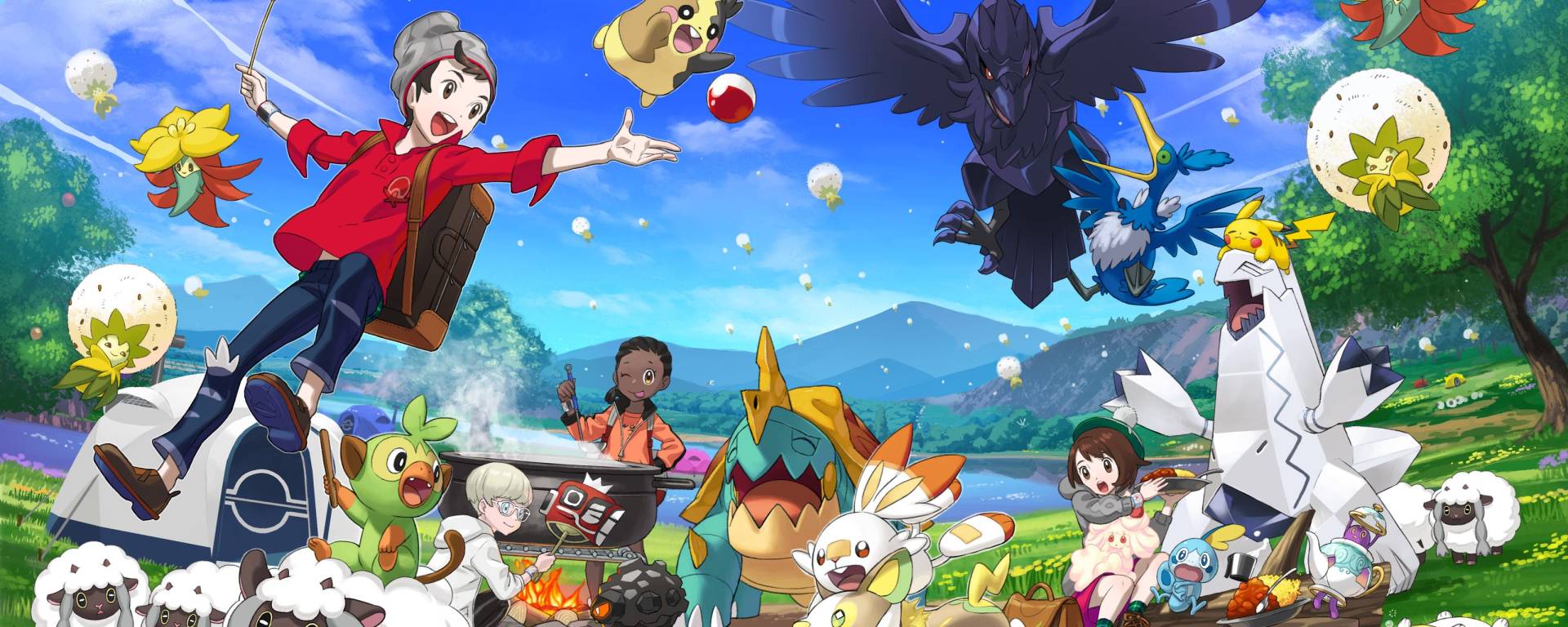


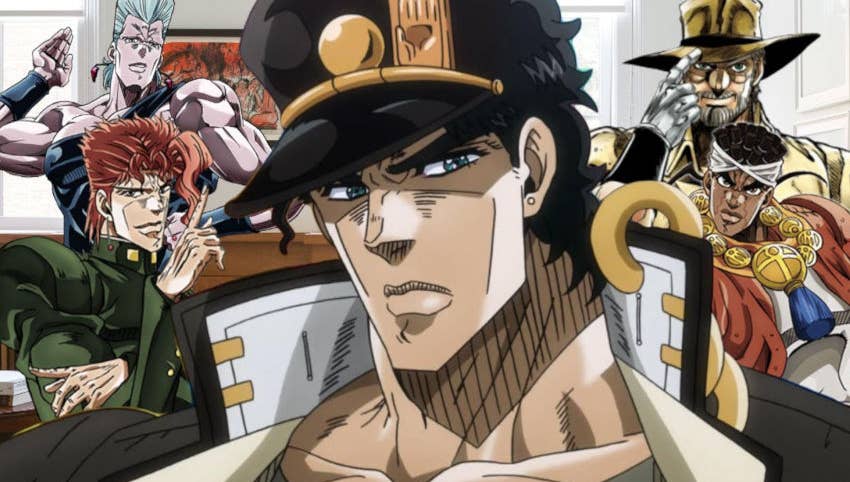










Hey can I reblog this post and the first part as well?
LikeLiked by 1 person
No problem!
LikeLiked by 1 person
Thank you
LikeLiked by 1 person
https://sushiiiwithsoysauce.wordpress.com/2021/02/02/first-tag-of-2021-peer-pressure-tag/
LikeLike
As I mentioned in my reply in the previous part, I grew up in sailor moon day. My brother who is ten years older introduced me to the older anime. I.E. Fist of the North Star, Ninja Scroll, you know the blood and gore anime lol. Now that i’m older, I only have time to watch a few anime limited to harems and a few action anime. My wife watches the slice of life, drama anime and she’d be glued to the screen.
LikeLiked by 1 person
My first anime was Attack on Titan 😀 and I’m so glad my friend introduced me to that anime because I was so captivated by it even at the intro, at that moment I knew that anime is something I am willing to pour my time into. And I agree anime definitely requires time and considering how most of us are busy with our lives, it hard for us to watch the things we enjoy. However, I do suggest dedicating a specific time to do the things you enjoy because we should give ourselves a little bit of time so we don’t overwhelm ourselves with work or stress :).
LikeLiked by 1 person